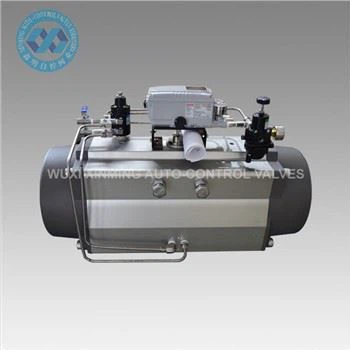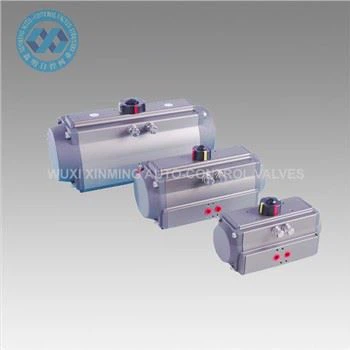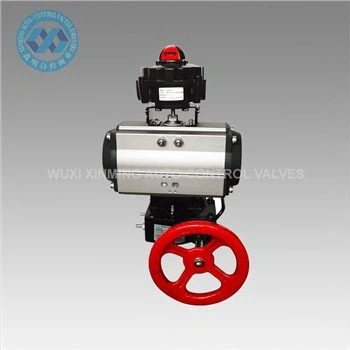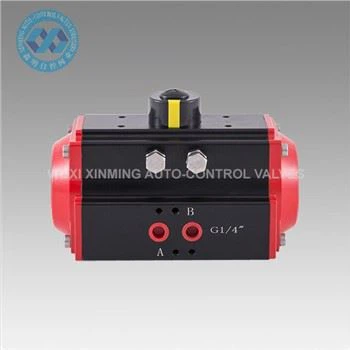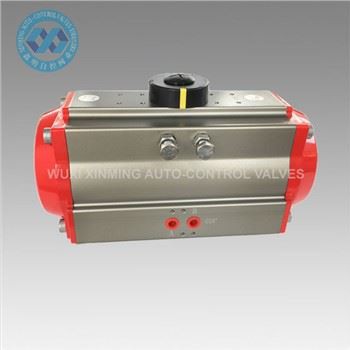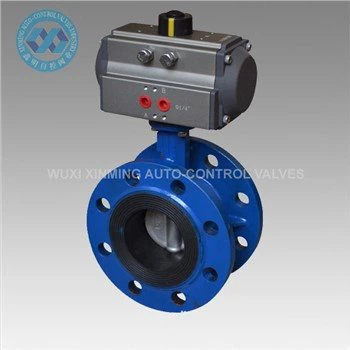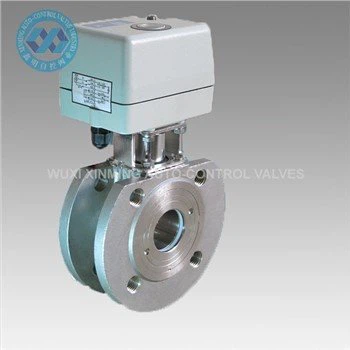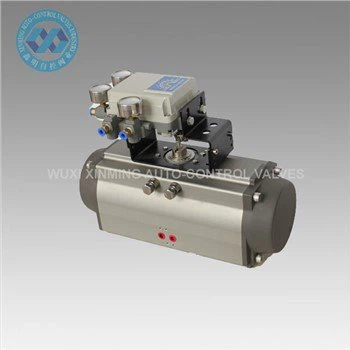Pneumatic control valve actuators are essential components in industrial systems requiring precise regulation of fluid flow, pressure, or temperature. These actuators use compressed air to adjust valve positioning, enabling automated and responsive control in pipelines handling liquids, gases, or steam.
How They Work
Pneumatic actuators convert air pressure into linear or rotary motion to modulate control valves. A typical actuator consists of a piston, diaphragm, or rotary vane mechanism. When air pressure is applied, the actuator moves the valve stem to open, close, or throttle the valve, ensuring accurate process parameter adjustments. Feedback devices, such as positioners, enhance precision by aligning valve position with control signals.
Key Features
- Modulating Control: Enables fine-tuned adjustments for proportional flow or pressure management.
- Rapid Response: Compressed air ensures quick reaction to control system demands.
- Robust Construction: Designed to handle high pressures, extreme temperatures, and corrosive media.
- Fail-Safe Options: Spring-return models shift valves to a predefined safe position during air supply loss.
Types of Pneumatic Control Valve Actuators
- Double-Acting: Requires air pressure to move in both directions, ideal for continuous modulation.
- Single-Acting (Spring-Return): Uses air to actuate in one direction and a spring to return, suitable for safety-critical applications.
Applications
- Chemical and petrochemical processing
- Power generation (steam and coolant systems)
- Water and wastewater treatment
- Pharmaceutical production
- HVAC and refrigeration systems
Advantages
- Safety: No electrical components, reducing explosion risks in hazardous areas (ATEX/IECEx compliance available).
- Cost-Effective: Lower upfront and maintenance costs compared to electric or hydraulic actuators.
- Scalability: Compatible with valves of various sizes and pressure ratings.
Conclusion
Pneumatic control valve actuators are a cornerstone of modern process automation, offering reliability, precision, and adaptability. Their ability to integrate with advanced control systems makes them indispensable for industries prioritizing operational efficiency and safety. When selecting an actuator, factors such as valve type, required torque, and environmental conditions must be evaluated to ensure optimal performance.
If you want to learn more about low-priced products, please visit the following website: www.xm-valveactuator.com


